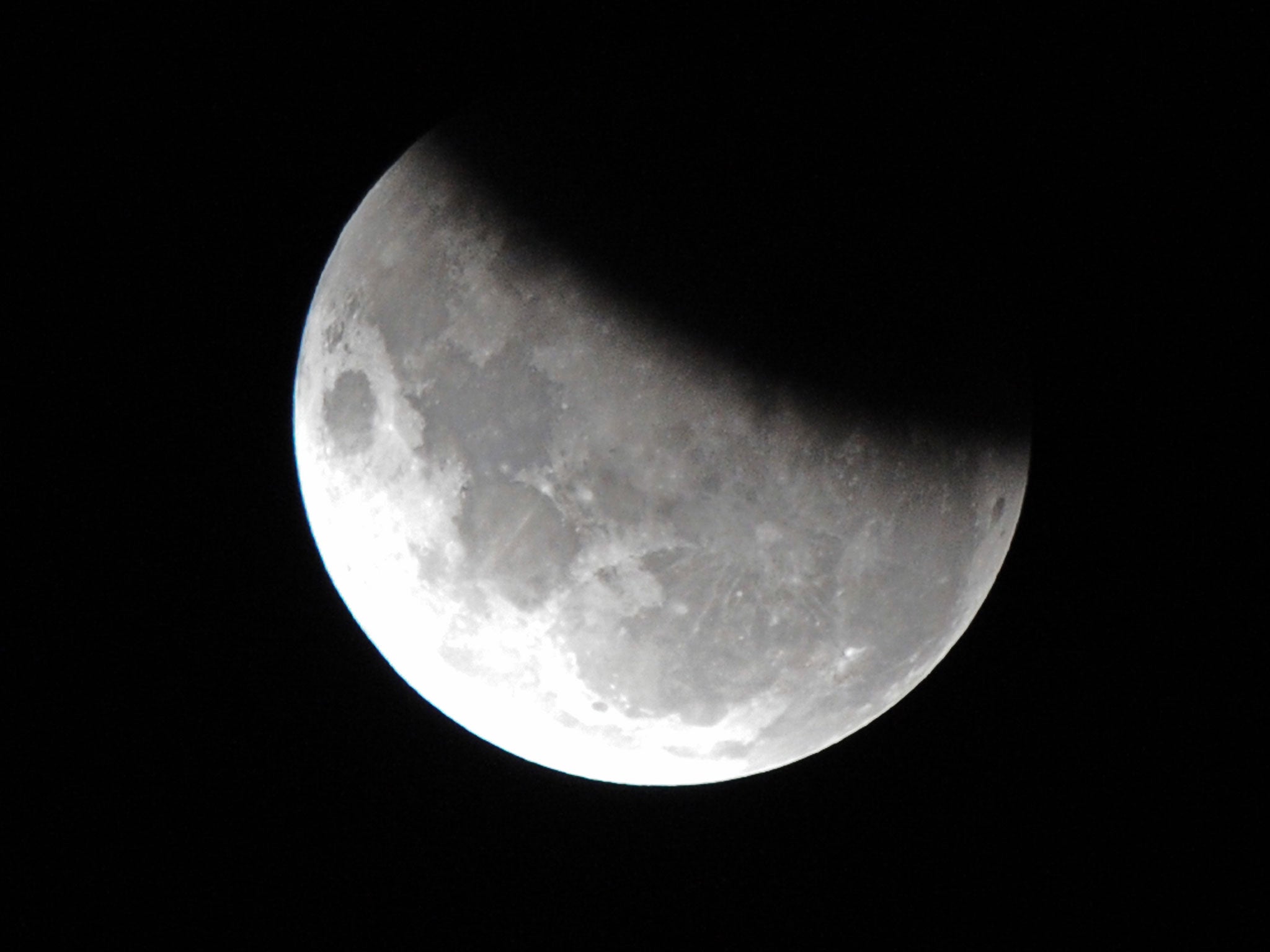Echoes of ancient Earth: Further proof that the Moon was created by massive collision

The idea that the Moon was created after a massive cosmic collision between a Mars-sized object and the primordial Earth some 4.5bn years ago has received its second boost in less than a week.
Scientists have detected the chemical signature of the ancient Earth, as it was before the collision took place, in material found deep within the planet’s mantle, which separates the Earth’s molten iron core from the surface crust.
Last week, a separate team of researchers found the chemical signature of the ancient object itself, known as Theia, within lunar rock samples brought back to earth by the Apollo missions 40 years ago.
The second piece of evidence comes from a study of unexplained ratios of chemical isotopes in deep mantle rock which scientists believe are the signature of the primordial Earth before it was hit by Theia.
The collision would have generated enough energy to melt the entire planet but the researchers believe that although material would have vaporised on the side of impact, some of the planet remained solid and intact on the opposite hemisphere.
“The energy released by the impact between the Earth and Theia would have been huge, certainly enough to melt the whole planet. But we believe that the impact energy was not evenly distributed throughout the ancient Earth,” said Professor Sujoy Mukhopadhyay of Harvard University.
“This means that a major part of the impacted hemisphere would probably have been completely vaporised, but the opposite hemisphere would have been partly shielded and would not have undergone complete melting,” Professor Mukhopadhyay.
The study found that isotope ratios of the gases neon and helium differed significantly depending on whether they came from the shallow mantle or the deeper mantle of the Earth – which indicates a different origin.
“This implies that the last giant impact did not completely mix the mantle and there was not a whole mantle-magma ocean,” Professor Mukhopadhyay said.
“If the theory is proven correct, then we may be seeing echoes of the ancient Earth, from a time before the collision,” he said.
Another piece of evidence comes from the analysis of xenon gas isotopes, which result from from the slow radioactive decay of iodine gas. This suggests that the formation of the more ancient part of the mantle came within the first 100m years of the Earth’s origins – thereby putting a possible date on the impact with Theia.
Most computer models of the collision suggest that between 70 and 90 per cent of the material making up the Moon comes from the original Theia, with the remaining 10 or 30 per cent coming from terrestrial debris flung out from Earth during the glancing blow of the impact.
Professor Richard Carlson of the Carnegie Institute in Washington, past president of the Geochemical Society, said: “This exciting result is adding to the observational evidence that important aspects of Earth’s composition were established during the violent birth of the planet and is providing a new look at the physical processes by which this can occur.”
The research was presented to the Goldschmidt conference in Sacramento, California.
Subscribe to Independent Premium to bookmark this article
Want to bookmark your favourite articles and stories to read or reference later? Start your Independent Premium subscription today.

Join our commenting forum
Join thought-provoking conversations, follow other Independent readers and see their replies